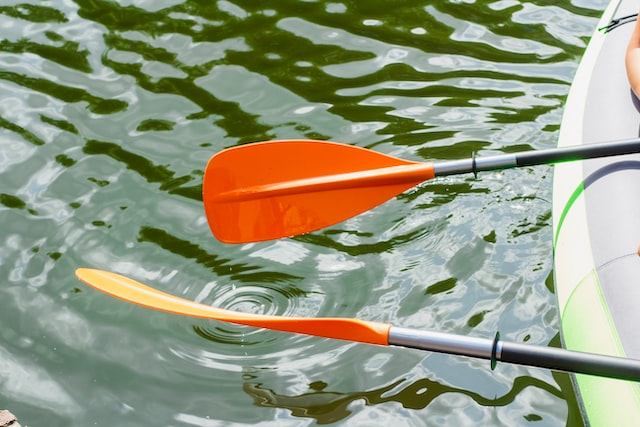There are three components involved in proper paddling technique for canoes and kayaks. They are boat efficiency, paddle efficiency, and body efficiency. Every maneuver, skill, and technique in the sports of paddling canoes and kayaks utilizes some form of all three of these efficiencies.
Throughout time, the focus has changed as to which of the three efficiencies is most important. It used to be that paddle efficiency was the main priority in kayaking and canoeing.
Long, deep, and often wide strokes were fancied to make the boat do what the paddler desired. Then, with the advancements in hull design, this shifted to a focus on boat efficiency. The idea was that if the paddler could maximize the boat position throughout the paddling experience the maximum benefit would be had.
Recent times have seen yet another shift in this mentality. With the high degree of focus on ergonomics and boater health, the current trend is to focus on proper body efficiency. While this focus is often at the expense of boat and paddle efficiency, it is a much safer and more sustainable style of paddling. The main tenet of body efficiency in kayaking is for the paddler to maintain what is known as the paddler’s box.
All things considered, it is important to strike a balance between the three types of paddling efficiencies, boat, paddle, and body. While it is ok to favor one of the three, too high a degree of focus on anyone will inevitably come at the expense of others. It is therefore important to understand the role that boat, paddle, and body play in each aspect of kayaking and canoeing to ensure you are utilizing the skills appropriately.

